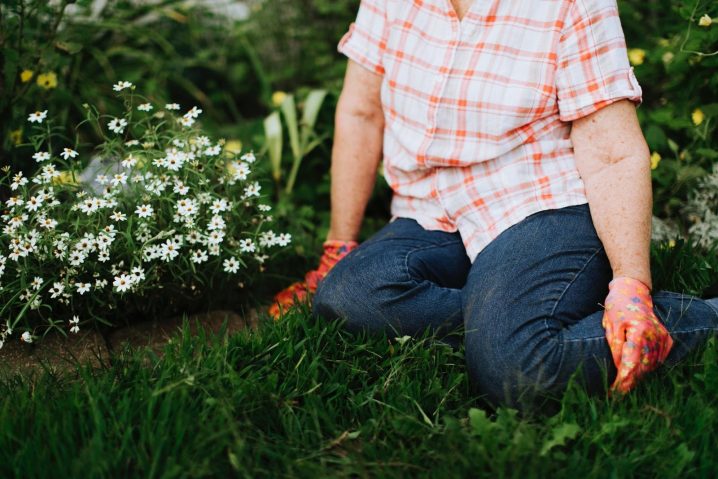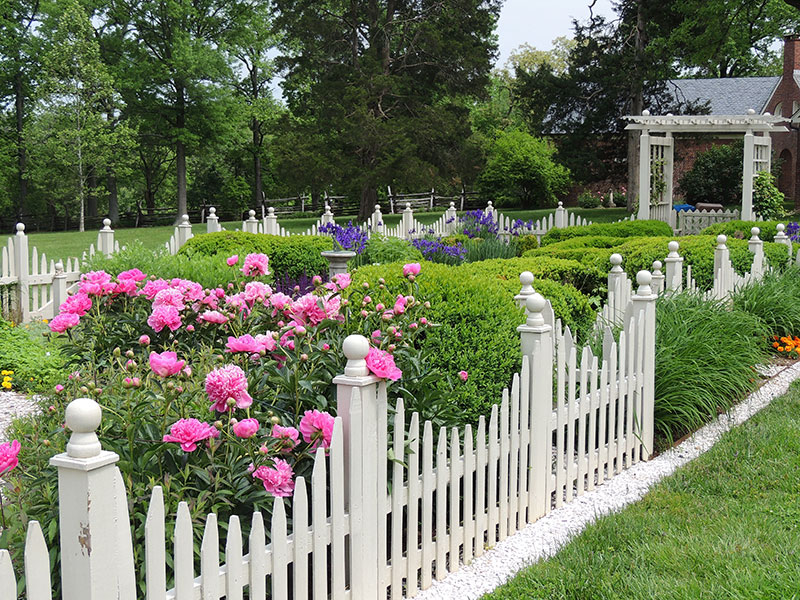
As we’re entering the colder seasons and nature is preparing to shut down and quietly rejuvenate, there’s plenty of time to envision how you’d like your garden to look when spring finally comes. However, any vision needs careful planning in order for it to come to life, so what exactly should you do in order to have the spring garden of your dreams? Below is a list of carefully selected tips that can help you better tend to your spring gardening needs:
Tidy Up Your Garden Before You Do Anything Else
As with everything else in life, in order for something new to bloom without constraints, you need to prepare the terrain and make sure it is ripe for planting. First of all, look around your garden and start tidying up your beds and borders. Clear all the debris you can find and leave the soil bare, without any weeds. You can discard the weeds by throwing them in your bin or simply by burning them. Once the soil is dry, you can add organic matter into your empty garden borders – you can either use compost or well-rotted manure.
Get Summer – Flowering Bulbs and Seeds
While nature prepares to enter some well-deserved downtime, you can use this respite to plan for the exact flowers you’d like to have in your garden. You should orient yourself towards ordering flowers that are ideal for early-spring planting. When it comes to early spring crops, you can plant anything from spinach and leeks to peas and lettuces. If you want a prolonged harvest, you should also opt for cabbage, kale, new potatoes and radishes.
Give Your Fences, Trellis and Gates a Onceover
If you want your garden to flourish and sprout, you need to make sure water damage and wind are no problem for your beautiful plants. This is where fences and trellis come in, as they have this exact protective role in your garden. So make sure you handle these small maintenance issues before spring arrives. Replace any broken or damaged segments, after which you can then start cleaning the wood with a power washer and a stiff brush. After the wood is completely dry, you can apply a coat of wood varnish or paint to complete the job properly.
Consider Getting Hypoallergenic Flowers
Although spring is a real fairytale to some people, it can be a sneezing nightmare for those who have pollen allergies. Fortunately, there are hypoallergenic varieties you can plant in your own garden that can thrill your senses just the same, without bringing any discomfort whatsoever. Daffodils are great hypoallergenic flowers that can be planted during fall but are generally toxic for cats and dogs. Hydrangeas are also not recommended for pets, but they are pollen-free and highly recommended for beginner gardeners. On the same note, roses are low-pollen flowers that are also suitable for furry friends around the home, making them a great choice for pollen-allergic gardeners.
Make Sure Your Greenhouse Is Up to Task
While the greenhouse can be a really safe environment for your plants during their growth period, it’s also true that, if improperly cared for, it can quickly become a hotbed of bacteria and pests that are highly damaging to your plants. This is why you need to pay attention to the glasshouse too. You can start doing so by washing the exterior of the greenhouse with disinfectant to remove any moss and grime. This will not only remove pests, but will also allow for more light to come in. You can then apply the same treatment to the inside of the greenhouse and insist on all those nooks and crannies.
Prune Your Trees and Shrubs
Pruning trees and shrubbery is just as important for your garden as cleaning the flower beds. Late winter is the ideal time to prune fruit trees – if you do this before they start budding, you can help their stress levels go down and thus enjoy a richer crop. Among the shrubs that can also be pruned during this time are azaleas, dogwood and forsythia. If you have any trees with a history of leaf disease, you will do them a favor by thinning out their branches – this will allow for more sunlight to get in and it will boost air circulation. The only rule of thumb here is to never prune while it’s damp outside if you don’t want any diseases to spread around the garden.
Clean Out Your Gardening Tools
About a month before planting, you need to spruce up your gardening tools which are probably covered with dirt and blunt from working the soil during the previous season. The best way to go about things is to remove the hardened soil from your tools and then clean them with detergent and hot water. Once they’re dry, don’t forget to sharpen them and apply some oil to the blades and hinges, as this will improve their performance and make your job that much easier.
Fortunately, there’s a lot to be done in the colder season to help your garden become even more beautiful and healthy during springtime. It’s enough to follow these steps, invest a bit of time and dedication and results will surely follow. Not only will your garden turn into an oasis where you and your family can replenish your resources, but your gardening skills will also go up a level, giving you the confidence to experiment more and more. Soon enough you’ll have the garden of your dreams and a place to relax your soul.



